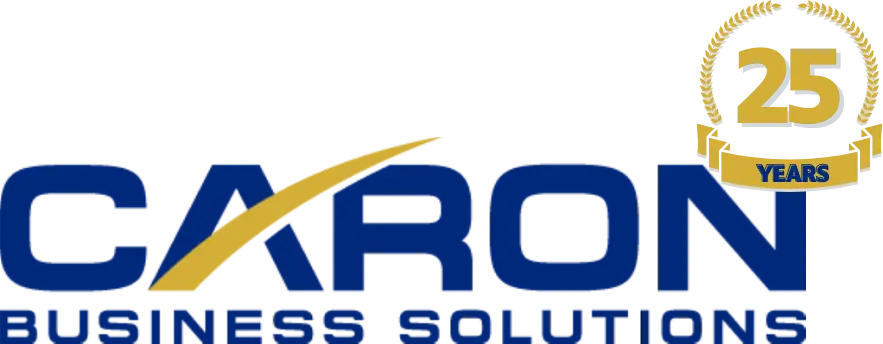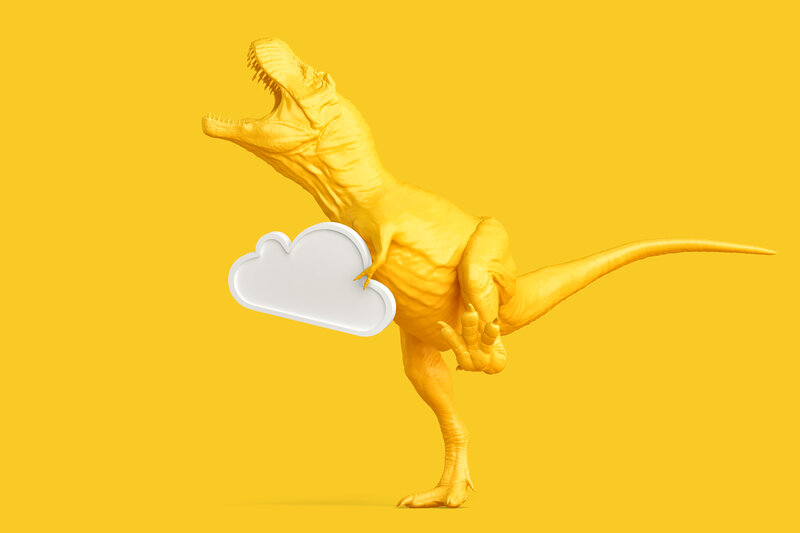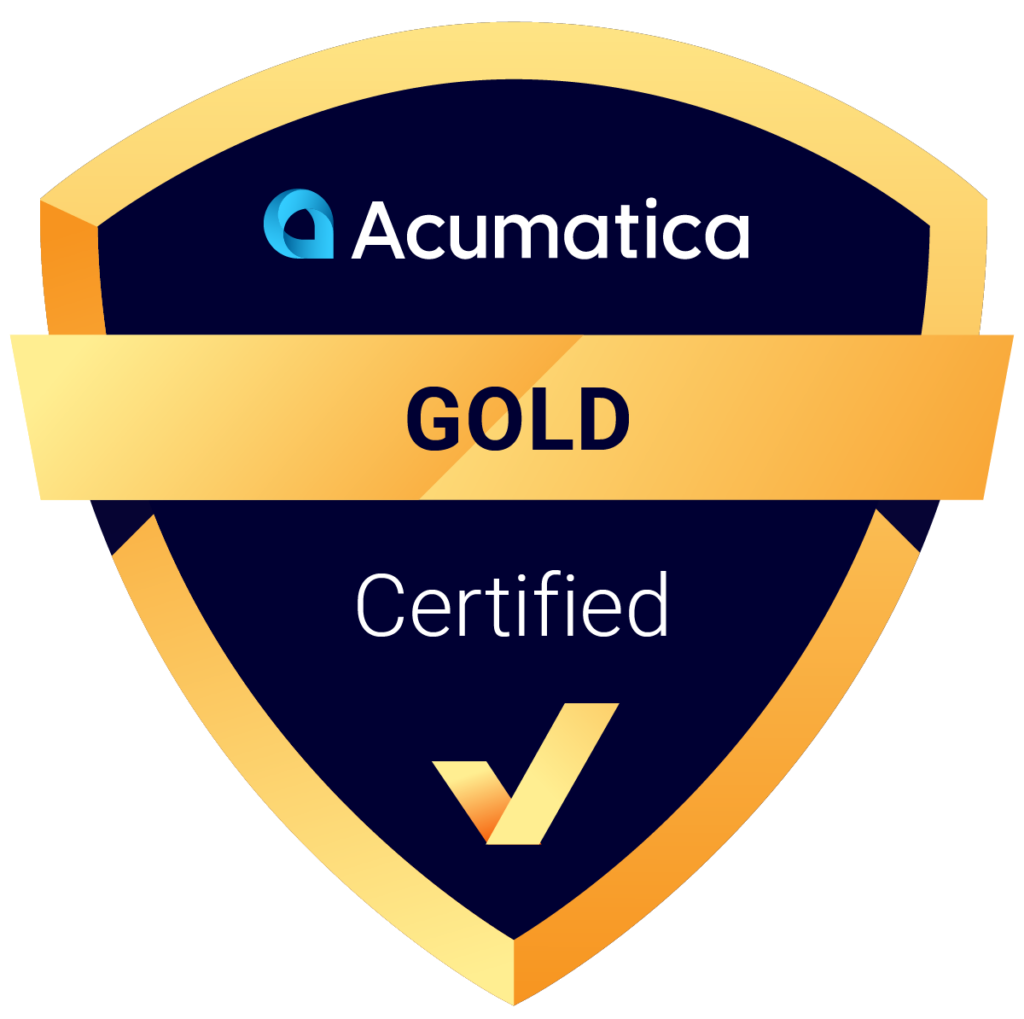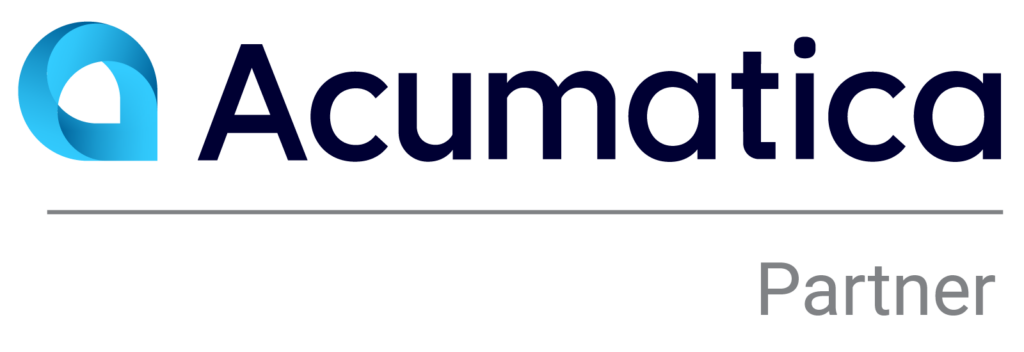Think back to the time you first implemented your existing ERP solution. No doubt you were eager to take advantage of streamlined processes, enhanced operational insights, and increased productivity. It was a sign that your business was on the up, and up, and for a long time, the system delivered the goods. Eventually, though, as your business evolved, its limitations began to show. Now, you are sitting with your head in your hands, debating what to do next – pick up the pieces or start fresh.
This is the situation a multi-location steel pipe distribution company found itself in. The legacy software that had served them so well for decades had begun to degenerate, becoming difficult to use and hindering productivity.
Prehistoric ERP System
Imagine having to know a secret code system just to navigate your daily software application. Or having to manually calculate your month-to-date sales or expenses because your ERP isn’t up to scratch. It is unthinkable in 2022!
Yet, this is what this distribution business had to deal with daily. Nowadays, people can point, click, and swipe to get what they want, all at the flick of a finger. Here they were stuck with a system that made completing daily tasks unmanageable. It was also impossible for them to train new employees on how to use this software, which generally impeded productivity. You may be thinking, this is bad enough. Yet it gets worse. Much worse.
The company sold steel pipe in a variety of specifications – new or used, weight, length, diameter, etc. This pipe was in one of 15 yards around the country and was not tracked by SKUs, but by inventory part numbers for stock optimization. This unfortunately was all being tracked in a very complicated spreadsheet that lived outside the ERP system since it couldn’t be tracked in the solution.
That is one of the biggest problems with legacy ERPs. They simply don’t have the support mechanisms or the expansion capabilities needed to complete core business functions. Unfortunately, this pipe distribution company learned this the hard way. After years of struggling, they decided to seek out a solution—a better way of doing business. Their dinosaur ERP was about to go extinct.
Post-Dinosaur Era
Build a Data-Driven Culture
The numbers don’t lie. People are realizing the benefits of updating their ERP systems – the ERP software market grew 9% in 2019 to a market size of almost $39 billion in 2020. Cloud ERP provides critical data allowing companies to see vital information as it becomes available anywhere in the world. Whether their employees were in the office or in one of the 15 pipe yards, everyone could now quickly make informed, data-driven decisions that drive revenue and profits. They could also remain confident in their decisions because they were based on accurate, real-time insights. Insights that were impossible with their previous ERP.
This distribution company also reduced their monthly time to close from 15 days to 3 days. Combined with no longer managing a spreadsheet or dealing with manual data entry errors, the company enjoyed a hugely significant time savings. This freed up the team to focus on other important tasks, like analyzing the new data they had access to.
Interface > Codes
Additionally, the clutter-free and user-friendly interface of cloud EPR made it much easier for this distribution company to make crucial decisions. With their new system they could use dashboards to see cash balances and the state of accounts receivable and decide what data they wanted to drill down on all at the click of a mouse. They were ecstatic – long gone were their dinosaur days of using lists of secret codes and wasting time hunting around for information that might be in the system or in a spreadsheet. Another perk, it was also much easier and faster to onboard new employees since they didn’t have to learn the irritating long lists of codes.
Is Agility Really a Thing?
It’s been found that businesses can increase agility and efficiency by up to 50% with automation and legacy application modernization. They also found that using a cloud-based ERP improved accessibility, usability, and mobility since employees could access the tools they needed from anywhere, anytime, and on any device with Internet access. With 15 different locations and a large employee base not at a desk all the time, this was a key benefit for the distribution company.
With cloud ERP, various processes that were once separate were now streamlined on a common interface for real-time access by authorized personnel. In fact, after ERP implementation, 95% of businesses have been able to improve some or all their processes, and the same held for this business. A centralized ERP allowed the team to display data uniformly across all devices & locations, making it easier for everyone to navigate.
T-Rex vs The Modern ERP
This distribution company’s story is not an isolated one, with many businesses worldwide battling against legacy ERPs that are no longer fit for purpose.
The future of ERP will reflect the future of business as a whole. With recent technological advances, the future is set to be highly competitive, and agility is the need of the hour. Legacy and on-premise systems just can’t keep pace. As we become more global, mobile, and data-centric, we need accessible and modern ERP solutions to support us. This means using cloud computing




